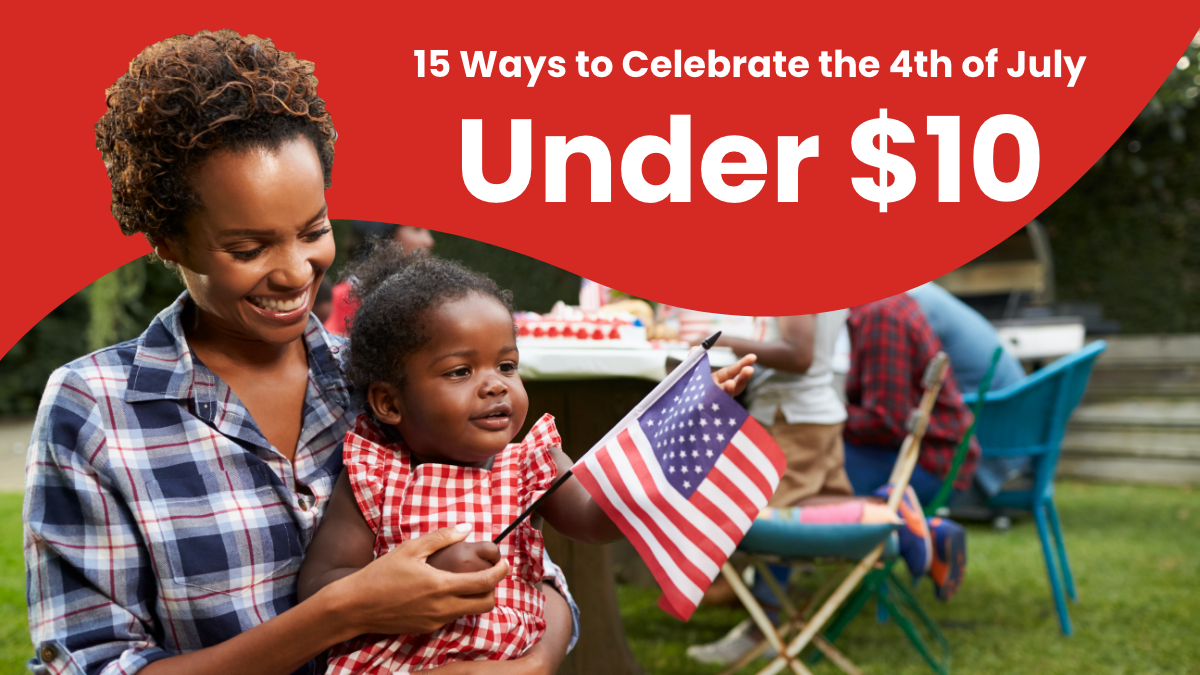When it comes to finding new customers and leads, these business owners swear by these five helpful strategies. Advertising can be prohibitively expensive for smaller companies, and marketing efforts can sometimes seem scattershot. We asked five business owners to share the methods they used for discovering powerful new customer lines that actually worked. These grassroots efforts … Continue reading 5 Ways Business Owners Have Won over New Customers
Lucky & Unlucky Pets
Pets can be expensive. The Tibetan Mastiff [...] has an average purchase price of $3,000, while the Portuguese water dog costs $2,500, and the Black Russian Terrier goes for $2,000. This, combined with the yearly cost of ownership—up to $1,843 on average for dogs and $1,035 for cats, according to the ASPCA—indicates most pet owners … Continue reading Lucky & Unlucky Pets
Honing in on the Perfect Profit Margin
Business owners need to possess multifaceted skillsets. Not only is it imperative to possess exceptional work ethic and business management skills, but you need to be an excellent writer, a mathematician and a creative thinker, as well. When it comes to finding the ideal profit margin, it requires both excellent mathematical skills and innovative thinking. … Continue reading Honing in on the Perfect Profit Margin
Leverage the Pokémon Go! Trend to Catch More Customers
Pokémon Go! is the latest trend, and it has been sweeping the nation with haste. It’s estimated to have 9.5 million active users each day, and players range in ages from young children to senior citizens. It’s safe to say, this Pokémon Go! craze is popular among all age groups and will likely remain trendy for quite … Continue reading Leverage the Pokémon Go! Trend to Catch More Customers
Back-to-School Promotion Ideas for Small Businesses
What's the status of your back-to-school marketing plan? According to the National Retail Federation (NRF), the average family will spend more freely on school and college supplies this year. It expects total spending for K-12 and college to reach $75.8 billion, up from last year's $68 billion. The annual NRF survey, conducted by Prosper Insights and … Continue reading Back-to-School Promotion Ideas for Small Businesses
5 Red Flags Signaling the Need for a New Wholesale Supplier
Every business owner knows the importance of a quality supplier. The supplier forms the very foundation of the business, providing you with a vast selection of quality merchandise, partially determining your profit margin and ensuring your shelves are always stocked. With the wrong supplier, your business will suffer, and keeping your doors open will feel … Continue reading 5 Red Flags Signaling the Need for a New Wholesale Supplier
Give Me Shelter
Homelessness is not a modern phenomenon. The first cases of the homeless in America date back to the 1640s, according to Street News Service. Wars fought between the settlers and Native Americans displaced people on both sides. Back then, people would show up to a town and make a case for why they should be … Continue reading Give Me Shelter
5 Products That Can Reduce Your Environmental Impact
Environmental awareness has become more prevalent in recent years as people become increasingly concerned with global warming, water scarcity and the depletion of fossil fuels. Whether out of concern for the environment or a desire to save money, decreasing your impact on the Earth offers numerous benefits. There are countless ways to ease your environmental … Continue reading 5 Products That Can Reduce Your Environmental Impact
Who is Helping the Kids Left Behind?
America now has 1,571,056 tax-exempt organizations, of which 1,097,689 are public charities, according to Urban Institute. [A]nother 105,030 [...] are private foundations, and 368,337 are [...] chambers of commerce, fraternal organizations and civic leagues. Nonprofits accounted for 9.2% of all wages and salaries [last year], 5.3% of U.S. GDP [and reported] $1.74 trillion in revenues. … Continue reading Who is Helping the Kids Left Behind?
15 Ways to Celebrate the 4th of July Under $10
The Fourth of July is a popular time to gather with friends and loved ones—and spend money. In 2015, Americans spent $3.6 million on flags and $257.8 million on fireworks. Revelers spent a combined $6.6 billion on food over the weekend and drank $1 billion worth of beer. All in all, the average household spends … Continue reading 15 Ways to Celebrate the 4th of July Under $10


